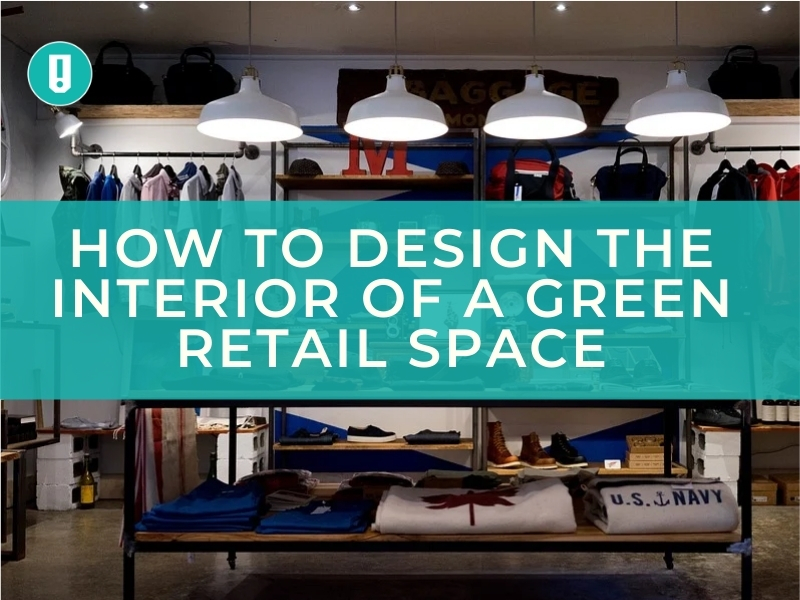As consumers become more connected, the popularity of online shopping continues to increase. According to the U.S. Department of Commerce, sales from retail e-commerce in the United States exceeded $450 billion in 2017, an increase of more than 16 percent from 2016. However, shoppers aren’t abandoning physical store locations. Retailers have the power to draw customers and increase sales — it just takes improving the in-store experience.
Embrace Technology
Shoppers don’t ditch their digital devices just because they’re shopping in a physical store. The smartphone has changed the way many people shop — from comparing ad prices to posting a photo of an item to social media. Providing your customers with a seamless experience that combines both digital and physical is essential. Prominently display information about store apps and have associates trained to provide personal support — from downloading the app to accessing the store’s website. QR codes also offer another level of interaction, providing information about a product and even unadvertised specials.
Create the Mood
It’s easy for shoppers to one-click items from the comfort of their home. When they choose to come in-store, it’s important to create the right mood. Background music should fit with the store’s brand and never be so loud that your associates or customers have to raise their voices to talk.
Lighting plays an important role, as well. Dressing rooms should be well-lit (plus monitored and safe), but accent lighting used to create a mood for displays can be dramatic and attract shoppers toward specific items. Avoid “freshening” the air with heavily perfumed scents that smell too much like medicine.
Attention to Details
The details often make the difference when working to improve your customers’ overall in-store experience. Regularly change the front window displays, remove out-of-date signage, and keep the floor clean throughout all open hours. Dust-free shelves and spotless mirrors also make a good impression.
Additionally, attention to detail includes the way associates greet customers as they enter the store. Go beyond the standard “How may I help you?” Rely on small talk as a great way to engage customers and welcome them into the store. Consider greetings such as “How’s your day going?” or “Who are we shopping for today?”
Combine Experiences
Give your in-store customers something they can’t get from shopping online by hosting events. Special events may range from live entertainment to product demonstrations and charity functions held at your store. By combining retail with something more, your customers receive a unique experience that can’t be duplicated with online shopping.
Offer Kid-Friendly Space
Adult shoppers feel more welcome in a store when they know there’s a kid-friendly space for their children. If parents feel relaxed because their children are safe and having fun, the overall shopping experience is improved with a potential increase in sales conversions. Consider setting up a kid zone with a place to sit, books and a few toys.
Improve Checkout
A slow checkout process is a quick way to lose customers. You can have the best front window display, amazing sales associates and the items your shoppers want — but it may not be enough if the checkout isn’t on point, as well. The last thing you want are customers to step out of line without completing their purchase. On the busiest days, fully staffed registers are the solution. Mobile registers offer another option, ideal during the heaviest shopping seasons, or during your big sales.
Sometimes, despite best efforts, lines form. Keep customers engaged during the checkout process by having associates answer questions or direct traffic to keep the lines moving. Associates can offer samples, coupons for future visits, or provide tips for connecting with the store’s apps.
Once the choice has been made to visit a physical store, it’s important to make that shopping experience as enjoyable and hassle-free as possible. Improving the in-store experience can help increase the sales conversions and your return customer rates.
Robin Brower is Senior Vice President of Business Development at OPTO, where she leads the design and business development teams. Brower built the design department from scratch in 1983 and has been the organization’s lead designer for the past 35 years.



![Make Product Presentation a Priority [INFOGRAPHIC]](https://www.testsr.com/wp-content/uploads/2020/08/Make-Product-Presentation-a-Priority-INFOGRAPHIC-500x383.jpg)


Leave A Comment